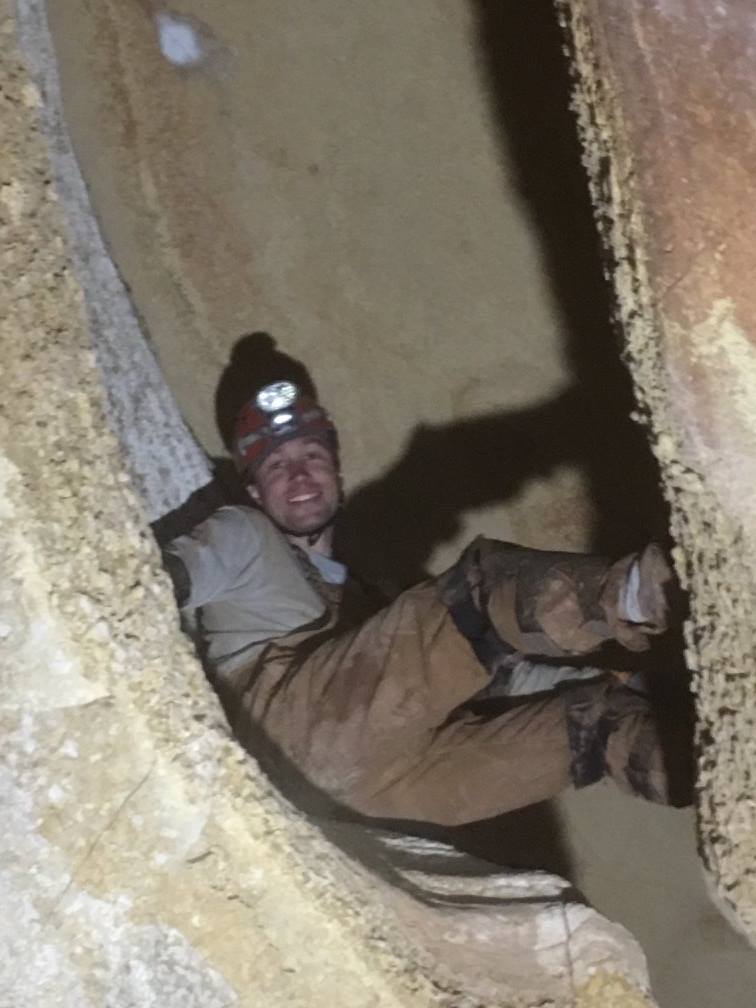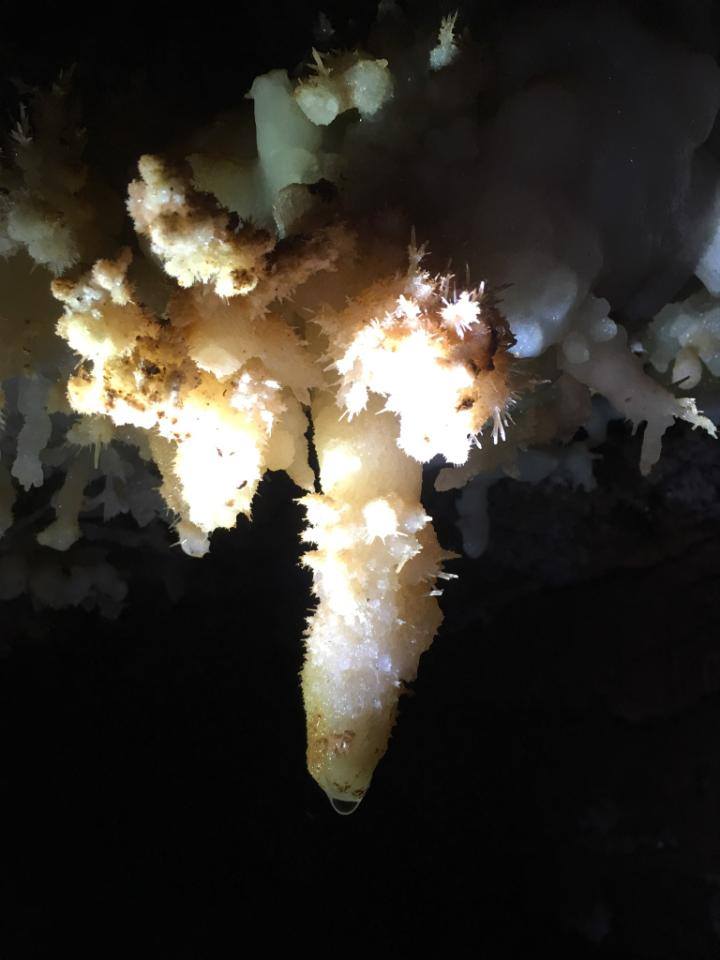Cave safely. Cave softly.
A guide to safe exploration
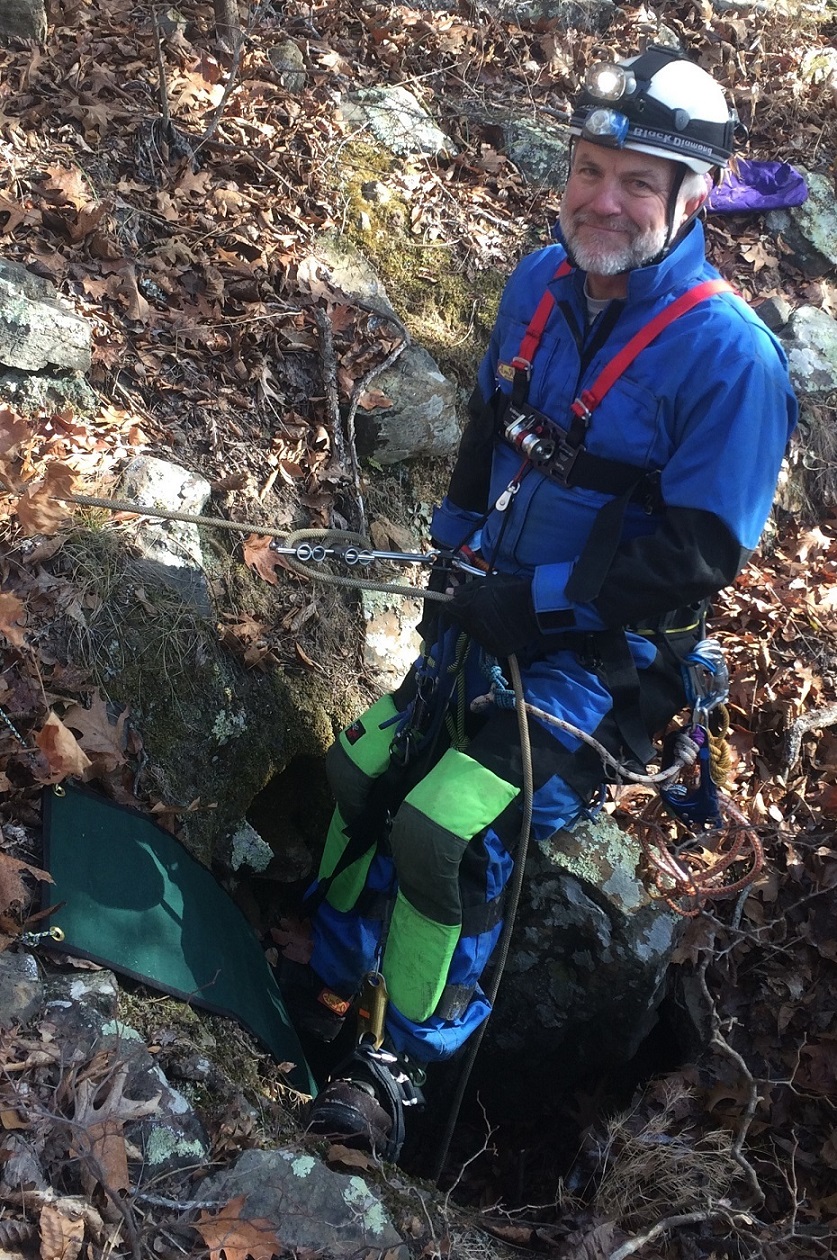
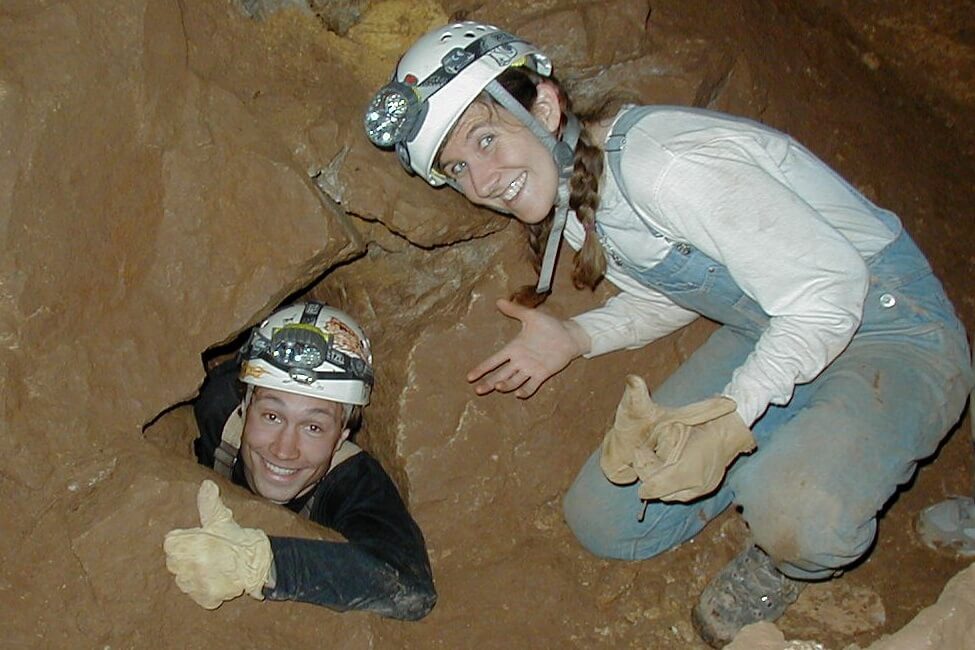
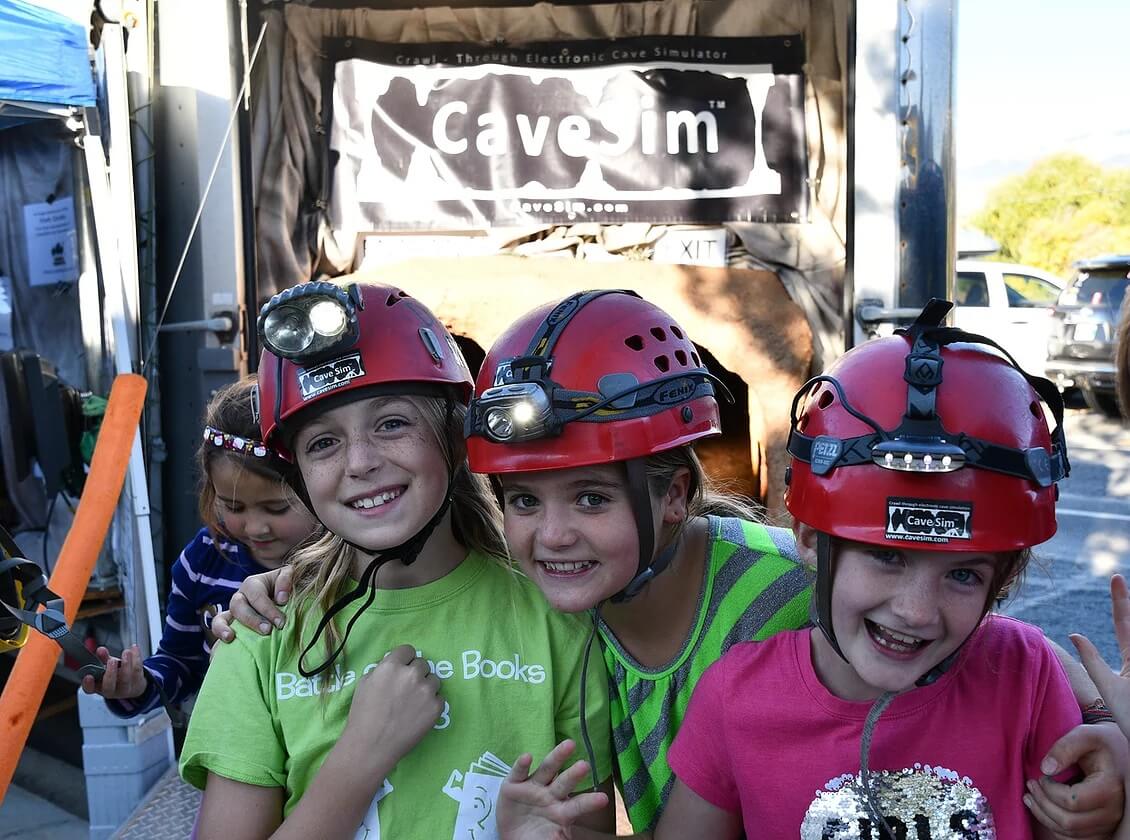
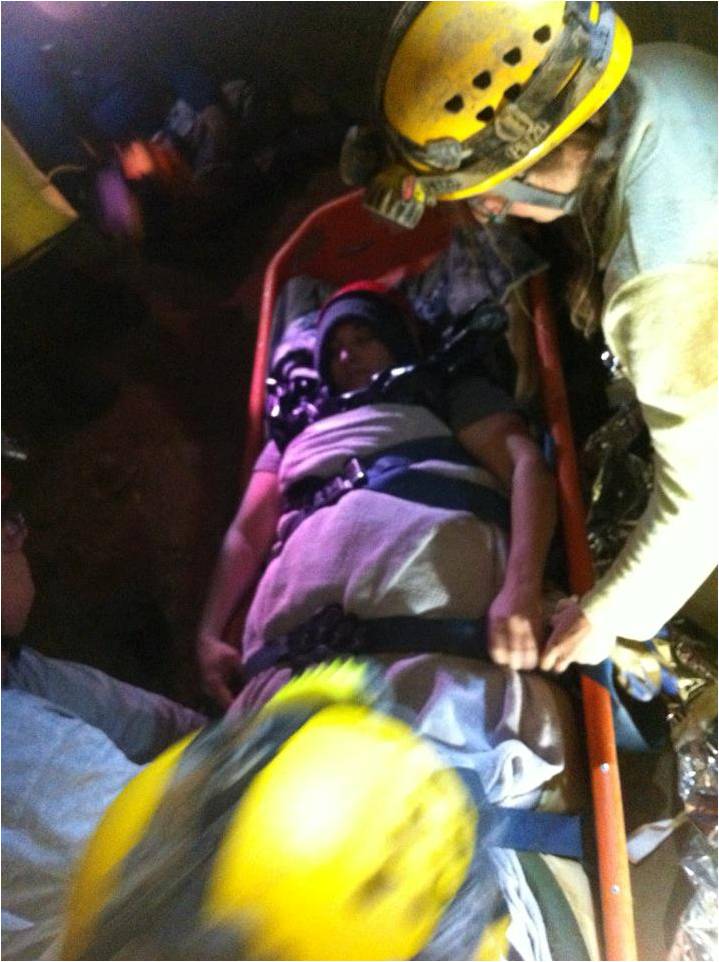
Why caving?
Cave exploration is an exciting and fun activity. While there are inherent risks, it is almost always a safe activity when done with the proper equipment and training. CaveSim is not an organization that guides real caving trips, but our owners and staff are expert cavers, and we do make frequent trips under ground, often leading groups of new cavers to help them learn about the amazing world under their feet. We also assist with real cave rescue from time to time.
Over the years, we’ve seen plenty of issues arise from improper gear and insufficient preparation. Below are some quick lists to help you have a safe and low-impact caving trip.
What to bring when real caving
- An expert with real caving experience, preferably someone in a local caving club. Find clubs near you at caves.org (look for the US map symbol).
- At least two other people, preferably three. If you have a group of four and one gets hurt, one can stay with the injured person, and two others can go for help. This is the buddy system.
- A real helmet with chinstrap. Look for a UIAA certified helmet, and avoid construction hardhats and bike helmets.
- 3 sources of light, with at least two being headlamps, and extra batteries.
- Sturdy clothes appropriate for the cave environment. Many caves are wet, and you can become hypothermic with the wrong clothing. Generally avoid cotton, short sleeves, and short pants. Be prepared to add and remove layers as you explore.
- Sturdy, ankle-high boots with good tread that won't slip on wet surfaces.
- Gloves for warmth and to protect hands. Gardening type gloves are great.
- Knee and elbow pads are recommended. To get started, buy cheap pads from your local hardware store, and put them under your clothing to help keep them on.
- A sturdy water bottle with water. For a short trip, 1 quart is often sufficient. Avoid disposable plastic bottles and hydration packs, which can easily leak or break.
- A high-energy snack. Bring non-crumbly, non-gooey foods, and pack out everything that you bring in (even crumbs).
- Medicine if needed. Bring any regular/emergency medication you might need (example: inhaler).
- Empty bottle in case you have to pee. Pack it in, pack it out.
- Solid waste disposal kit (WAG Bags work well).
- Emergency supplies: small first aid kit, whistle, lighter, large trash bag or emergency blanket, watch, compass, flagging tape, paper and pencil.
- Small backpack to hold your gear.
How to be safe
- Tell someone where you are going and when you will be back. This person is called a surface watch, and should not go with you!
- Work as a team. When vertical caving, always check each other's equipment.
- Look back, and memorize junctions. Cave tunnels often look different when you turn around to go home.
- Move carefully. Maintain three points of contact when climbing (two feet and a hand, or two hands and a foot). If you must jump or slide down: (1) make sure you can see your landing, (2) make sure your landing is safe, (3) make sure you will stop when you reach your landing, and (4) don't try to jump any further than you've jumped before.
- Bring a map if possible. Compasses do work underground, but GPS and phones do not.
- Start healthy. If you or anyone on your trip has a pre-existing injury or serious medical condition, your chances of having a problem are much higher. We have seen people have problems because of recent surgery and recent concussions.
How to protect caves when exploring
- Take nothing but pictures, leave nothing but breath, kill nothing but time.
- Look first, move second. We've seen even expert cavers destroy formations by moving without looking around carefully first.
- Avoid touching stalactites, stalagmites, and other cave formations. Oil from your skin or gloves can cause formations to stop growing.
- If you're worried about getting lost and you need to mark your path, use only removable markers (like pieces of flagging tape) and pick them up as you leave. Never use any type of paint.
- Leave no art. Even a small amount of graffiti is a problem because it encourages other people to damage the area. Mud sculptures are no exception - leave the mud alone!
- Pack out all trash, even crumbs (which can cause mold to grow). Eat over your pack to collect the crumbs.
- Share cave location information carefully. Instead of posting cave location information on the internet, find some responsible friends and take them caving.
